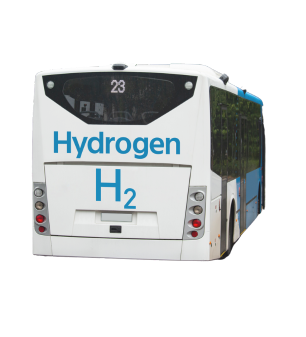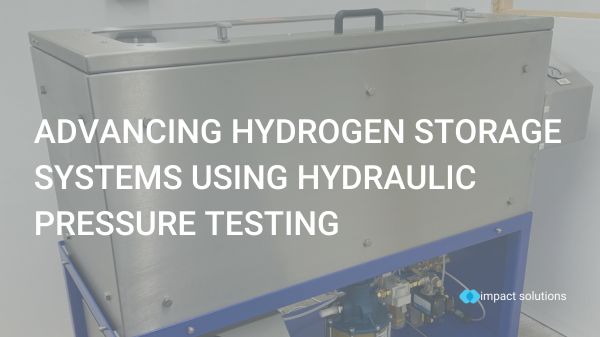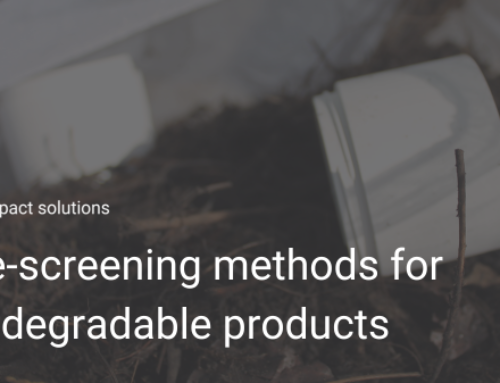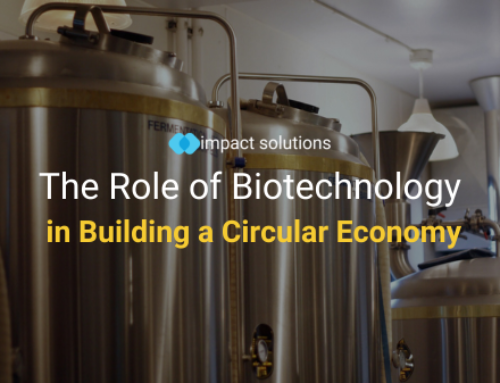As hydrogen becomes increasingly recognised as a viable clean energy alternative, the necessity for rigorous hydrogen tank testing cannot be overstated. Ensuring the safety, reliability, and efficiency of storing this volatile gas is crucial for advancing hydrogen-based technologies, particularly in the realm of public transportation.
Our innovative hydraulic pressure testing project explained
Impact Solutions has been exploring innovations in hydrogen storage systems working with a team of leading UK experts spanning the entire UK supply chain. The project has involved the development of bespoke testing capabilities, housed at our state-of-the-art laboratory testing facility in Livingston, Scotland, capable of testing novel hydrogen tanks upto 2800 bar using hydraulic pressure testing. 
This innovative work, supported by APC and IUK, is set to enhance the hydrogen transport market. The focus is specifically on improving the performance of hydrogen storage tanks on buses and how they are made. Traditionally manufactured using a gas-fired furnace, this process involves heating a tank-shaped mould, continuously rotating it to coat the interior with the required polymer. Once cooled, the tank is encased in a robust material to withstand the high pressures that the hydrogen will be stored in.
The equipment at Impact Solutions is being used to test and validate this cutting-edge manufacturing method and the new novel materials used, for use in type IV hydrogen tanks, which will leave a lasting legacy for the UK hydrogen supply chain. Drawing on Impact Solutions’ expertise in tank testing, we assess how these advancements compare to existing processes.
As we delve into this transformative project, we’re comparing various standards, including the EC79/EC406 and the R134. Notably, the R134 adheres to UN regulations, making its applicability more widespread.
So, what’s involved in hydrogen tank testing?
The R134 mandates a series of tests for all equipment and parts related to storing and delivering hydrogen to the fuel cell, including valves, pipes, and the storage tank itself. The storage tank undergoes rigorous testing to ensure its roadworthiness, measuring the maximum pressure it can withstand before reaching the point of rupture. In the second part of the testing process, the tank is subjected to simulated filling and emptying for 15 years, equivalent to cycling the pressure from full to empty 10,000 times. The first two parts employ hydraulic pressure testing, while the third part utilises air or hydrogen for pneumatic testing.
Our dedication to technological advancements can be found in our innovative work. Join us on this journey towards a safer and more sustainable future. Learn more about what we do at www.impact-solutions.co.uk.





